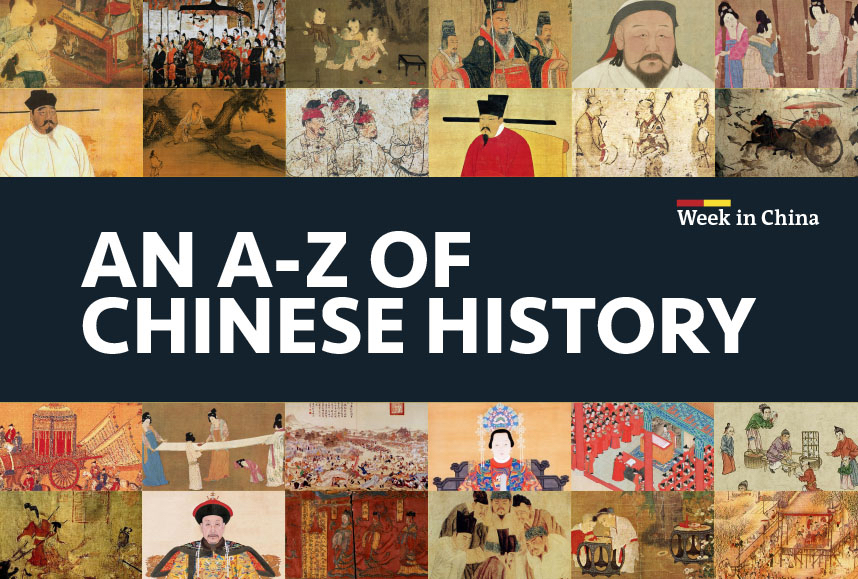Marco Polo of the Ottoman Empire: Who is Ali Ekber (Hitaî)?
Ottoman traveler. In his travelogue, he gave detailed information on the 16th-century Chinese palace. Little is known about his life.

He went to China in the early 1500s, traveled especially in the Hitay region in the north of the country, and after returning to Istanbul, he presented his travel book, titled Hıtâînâme in Persian, which he wrote and finished in 1516, first to Selim I and to Suleiman the Magnificent upon his death. The work gives detailed information about the fact that those who served in the palace of the Chinese khan were Muslims, the khan showed a secret interest in them, the Ming dynasty was close to Islam and the Muslims played an important role in the Chinese administration.
Ali Ekber Hıtai (ʿAlī Akbar Khiṭāʾī, also Khaṭāʾī) is the author of the Khiṭāynāma (also Khaṭāynāma, lit. “Book on China”), which was completed in Istanbul on the last day, or in the last days, of Rebiülevvel (Rabīʿ I) 922/3 May 1516 (Khiṭāʾī, 1993, 174). His nisba indicates the region he describes in his book, not his origin.
Ali Akbar, while describing the events between the Chinese and the Mongols in 1500, attributes the wars to economic reasons. Comparative analyzes were made on the Persian copies of the travelogue, and when the information given by Ali Akbar for tiles was checked, it was seen that the Islamic influence was evident on the tiles made during the Ming dynasty. Based on these studies, it is considered certain that Ali Akbar's views on the great influence of Islam in China during this dynasty are true and that the author was in Beijing in 1506.
Ali Ekber took advantage of the travel book of Gıyaseddin Nakkaş, as well as the information about the city life of China from old works, for example, from the travel book of Süleyman Tacir, who traveled this country in 1447-1448. Hıtâîname III. There is an incomplete Turkish translation called Tercüme-i Tarih-i Nevâdir-i Çin-i Maçin, which was made during the reign of Murad I, but whose translator is unknown.
